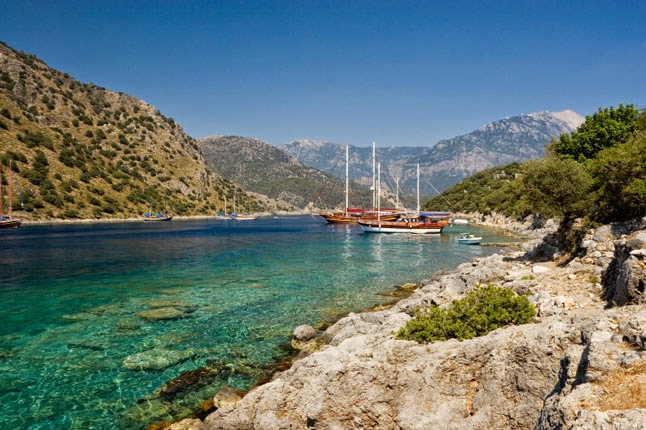The Çemberlitas Historical Bath is located next to the Çemberlitas Column, near the Grand Bazaar. It was built by architect Sinan with the wish of Nurbanu Sultan, the mother of Sultan Murat III and the wife of Selim II, in 1584. Its construction was intedned to generate revenue in order to support the Valide-i Atik Mosque in Üsküdar.
The hamam has separate sections for both men and women. It was also called the Mother Sultan Bath (Valide Sultan Hamamı) and the Rose Bath (Gül Hamamı). Evliya Çelebi, the most famous Ottoman traveler, called it Murat III Bath, the Sultan of the Ottoman Empire from 1574 until his death.
The glass case of the bath is covered by a dome, and the three stories of changing rooms have been built within a glass case. One then continues from glass case into the hot section (ılıklık) which is roofed by three domes. From the hot section into the main building which is called the harare. At the four corners of the harare, there are six halls and twelve sustaining columns that are covered by domes. In front of the halvets there are navel stones (göbek taşı) that are said they had been fixed by Köprülü Mehmet Paşa. There are inscriptions on the navel stones which have been partially erased and which display the bath’s superb architectural textures as if one were passing through a fantastic corridor of history.
Currently, the Cemberlitas Historical Bath has continued to entertain tourists seeking the pleasures and enjoyment of a Turkish bath. As such, it deserves to be regarded as a masterpiece of Ottoman bath architecture.
The hamam has separate sections for both men and women. It was also called the Mother Sultan Bath (Valide Sultan Hamamı) and the Rose Bath (Gül Hamamı). Evliya Çelebi, the most famous Ottoman traveler, called it Murat III Bath, the Sultan of the Ottoman Empire from 1574 until his death.
The glass case of the bath is covered by a dome, and the three stories of changing rooms have been built within a glass case. One then continues from glass case into the hot section (ılıklık) which is roofed by three domes. From the hot section into the main building which is called the harare. At the four corners of the harare, there are six halls and twelve sustaining columns that are covered by domes. In front of the halvets there are navel stones (göbek taşı) that are said they had been fixed by Köprülü Mehmet Paşa. There are inscriptions on the navel stones which have been partially erased and which display the bath’s superb architectural textures as if one were passing through a fantastic corridor of history.
Currently, the Cemberlitas Historical Bath has continued to entertain tourists seeking the pleasures and enjoyment of a Turkish bath. As such, it deserves to be regarded as a masterpiece of Ottoman bath architecture.






